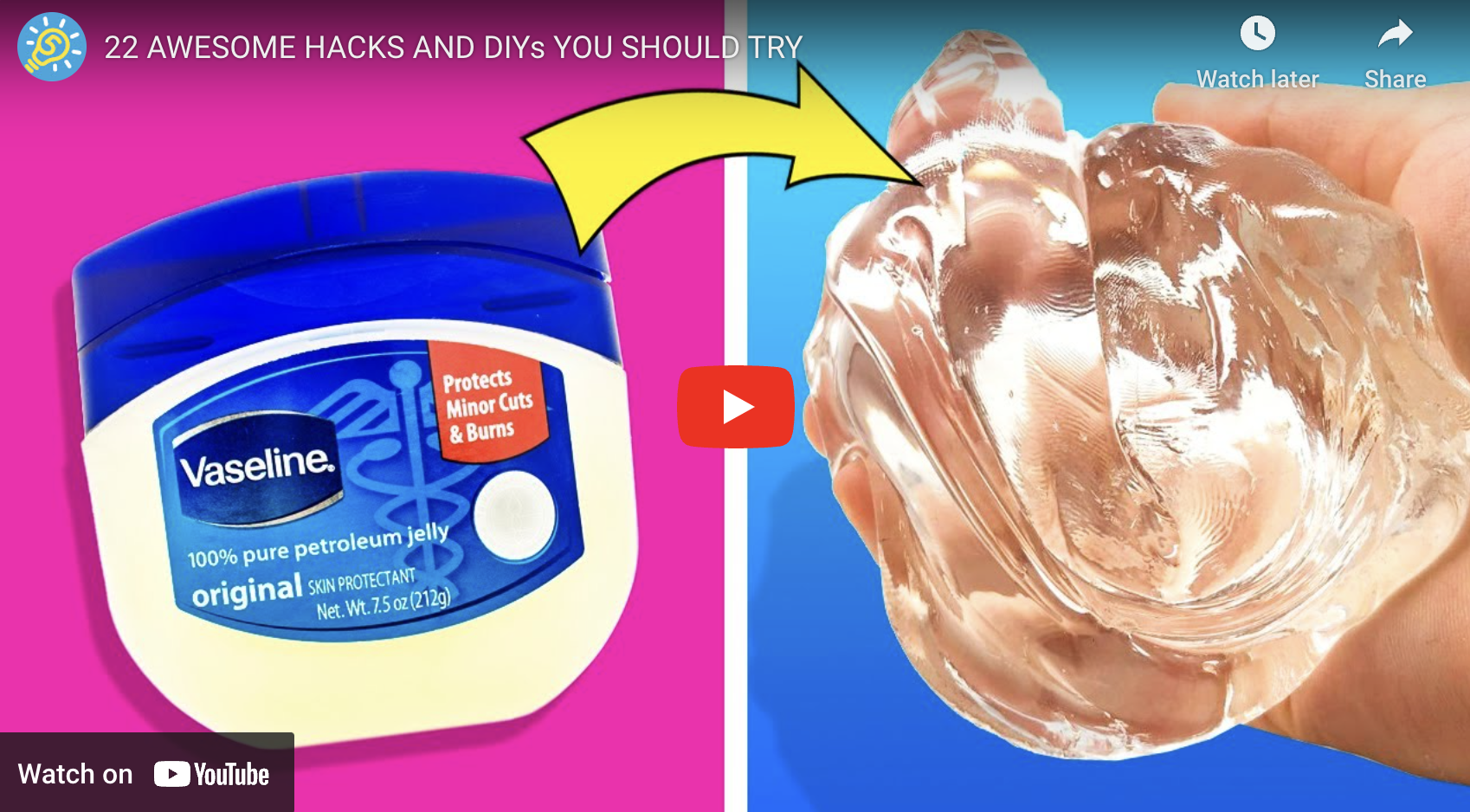Cold process soap making has been gaining popularity in recent years as people become more interested in natural products and skincare. For those with sensitive skin, finding the right soap can be a challenge. Many commercial soaps are filled with harsh chemicals and fragrances that can irritate sensitive skin. Luckily, making your own cold process soap for sensitive skin is easier than you might think. In this article, we will provide you with two different cold process soap recipes specifically designed for sensitive skin. We will also explore four interesting trends related to sensitive skin care and cold process soap making.
Version 1: Oatmeal and Honey Cold Process Soap
Ingredients:
– 10 oz olive oil
– 8 oz coconut oil
– 6 oz shea butter
– 4 oz castor oil
– 2 oz sweet almond oil
– 4.5 oz lye
– 10 oz water
– 1/4 cup ground oatmeal
– 2 tbsp honey
Instructions:
1. Wear protective gear, including gloves and goggles.
2. In a well-ventilated area, carefully mix the lye with water. Allow the mixture to cool.
3. In a separate bowl, melt the olive oil, coconut oil, shea butter, castor oil, and sweet almond oil together.
4. Once the lye mixture and oil mixture have reached similar temperatures (around 100-110 degrees Fahrenheit), carefully pour the lye mixture into the oil mixture.
5. Use a hand blender to mix the ingredients until they reach trace.
6. Add the ground oatmeal and honey to the mixture and stir well.
7. Pour the soap into a mold and cover with a towel.
8. Allow the soap to cure for 4-6 weeks before using.
Version 2: Lavender and Chamomile Cold Process Soap
Ingredients:
– 12 oz olive oil
– 6 oz coconut oil
– 6 oz shea butter
– 4 oz castor oil
– 2 oz sweet almond oil
– 4.5 oz lye
– 10 oz water
– 1/4 cup dried lavender flowers
– 1/4 cup dried chamomile flowers
– 20-30 drops lavender essential oil
Instructions:
1. Follow steps 1-4 from the oatmeal and honey soap recipe.
2. Add the dried lavender and chamomile flowers to the mixture and stir well.
3. Add the lavender essential oil and mix thoroughly.
4. Pour the soap into a mold and cover with a towel.
5. Allow the soap to cure for 4-6 weeks before using.
Trend 1: Natural Ingredients
One of the biggest trends in skincare right now is a focus on natural ingredients. People are becoming more aware of the harmful chemicals found in many commercial skincare products and are turning to natural alternatives. Cold process soap making allows you to control exactly what goes into your soap, ensuring that you are using only the best, most natural ingredients for your skin.
Trend 2: DIY Skincare
Another trend that has been gaining popularity is the DIY skincare movement. People are realizing that they can create their own skincare products at home, often for a fraction of the cost of store-bought products. Making your own cold process soap for sensitive skin is a fun and rewarding way to take control of your skincare routine and ensure that you are using products that are tailored to your specific needs.
Trend 3: Customization
With the rise of DIY skincare comes a trend towards customization. People are looking for products that are tailored to their specific skin type and concerns. By making your own cold process soap, you have the ability to customize the ingredients and scents to create a soap that is perfect for your sensitive skin. Whether you prefer a soothing oatmeal and honey soap or a calming lavender and chamomile soap, the possibilities for customization are endless.
Trend 4: Sustainability
As more people become concerned about the environmental impact of their skincare products, sustainability has become a key trend in the industry. Cold process soap making is a sustainable option, as it allows you to use natural, biodegradable ingredients and reduce the amount of waste produced by traditional soap packaging. By making your own soap at home, you can feel good knowing that you are taking steps to reduce your carbon footprint and minimize your impact on the environment.
“I always recommend using natural ingredients in skincare products, especially for those with sensitive skin. Cold process soap making is a great way to ensure that you are using pure, natural ingredients that won’t irritate or harm your skin.” – Certified Aromatherapist
“I love seeing the rise of the DIY skincare movement. Making your own cold process soap can be a fun and creative way to take control of your skincare routine and create products that are perfectly suited to your individual needs.” – Master Soap Maker
“Customization is key when it comes to skincare. By making your own cold process soap, you have the freedom to choose ingredients that work best for your skin and create a product that is truly unique to you.” – Skincare Formulator
Common Concerns and Answers:
1. Will cold process soap be gentle enough for my sensitive skin?
Yes, cold process soap can be gentle enough for sensitive skin, especially when made with soothing, natural ingredients like oatmeal, honey, lavender, and chamomile.
2. Can I use cold process soap if I have allergies?
If you have allergies, it’s important to carefully choose ingredients that won’t trigger a reaction. Avoid common allergens like nuts and fragrances, and consider doing a patch test before using a new soap.
3. How long does cold process soap need to cure before using?
Cold process soap typically needs to cure for 4-6 weeks before it is ready to use. During this time, the soap will harden and the lye will fully saponify, making it safe for use on the skin.
4. Will cold process soap lather well?
Cold process soap can produce a rich, creamy lather that cleanses the skin effectively. The lather may vary depending on the oils and additives used in the recipe.
5. Can I add essential oils to my cold process soap?
Yes, you can add essential oils to your cold process soap to provide fragrance and additional skin benefits. Be sure to research the safety and usage rates of essential oils before adding them to your soap.
6. How can I prevent my cold process soap from drying out my skin?
To prevent your soap from drying out your skin, consider using moisturizing oils like olive oil, shea butter, and sweet almond oil in your recipe. These oils will help to nourish and hydrate the skin while cleansing.
7. Will cold process soap help with skin conditions like eczema or psoriasis?
Cold process soap made with gentle, natural ingredients may help to soothe and calm skin conditions like eczema or psoriasis. However, it’s important to consult with a dermatologist before using any new products on irritated skin.
8. Can I use cold process soap on my face?
Cold process soap can be used on the face, but it’s important to choose a gentle formula that won’t strip the skin of its natural oils. Look for soaps made with nourishing oils and gentle exfoliants for a mild cleansing experience.
9. How can I make my cold process soap smell good without using synthetic fragrances?
You can add natural fragrances to your cold process soap using essential oils, dried herbs, or botanical extracts. These natural ingredients will provide a lovely scent without the use of synthetic fragrances.
10. Can I color my cold process soap naturally?
Yes, you can color your cold process soap naturally using ingredients like clays, herbs, spices, and botanicals. These natural colorants will provide a beautiful hue to your soap without the need for artificial dyes.
11. How can I store my cold process soap to ensure it lasts longer?
To ensure your cold process soap lasts longer, store it in a cool, dry place away from direct sunlight and moisture. Use a soap dish with good drainage to allow the soap to dry between uses.
12. Can I gift my homemade cold process soap to friends and family?
Homemade cold process soap makes a wonderful gift for friends and family. Consider packaging your soap in eco-friendly materials like paper or fabric for a thoughtful and sustainable gift.
In conclusion, making your own cold process soap for sensitive skin is a rewarding and enjoyable experience. By using natural ingredients and customizing your soap to suit your specific needs, you can create a product that is gentle, nourishing, and perfect for your sensitive skin. Whether you prefer a soothing oatmeal and honey soap or a calming lavender and chamomile soap, there are endless possibilities for creating a soap that is truly unique to you. Embrace the DIY skincare movement, take control of your skincare routine, and enjoy the benefits of using handmade, natural products on your sensitive skin.
![[Mom Prepared]](https://momwithaprep.com/wp-content/uploads/2024/12/cropped-momlogo-244x56.png)

